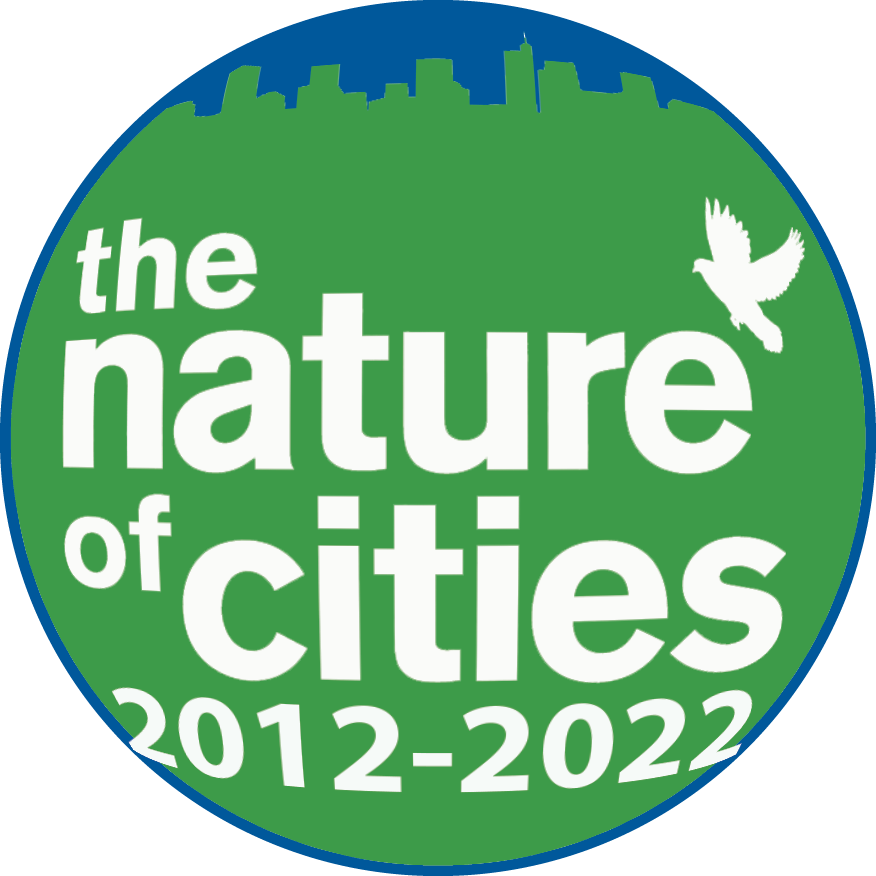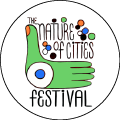22 December 2016
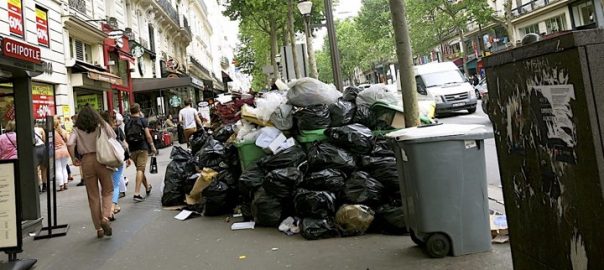
Out of sight, out of mind. That is how most of us want to think about the trash we generate. But as our cities become increasingly overwhelmed with the burden of refuse collection and disposal, we must refocus the way we view our discards and devote greater attention to the...
0 Comment(s)Join our Conversation
19 December 2016
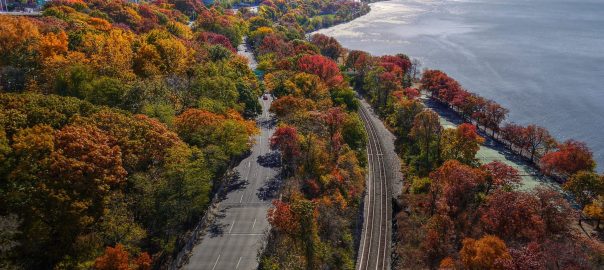
“Urban nature” is, for many people, a contradiction in terms. Urban spaces are all about control, hard edges, and the fabrication of an environment. Nature is wild, opportunistic, and fragile. Where is the overlap? Yet for those of us who work in fields related to urban nature, we see that...
2 Comment(s)Join our Conversation
14 December 2016
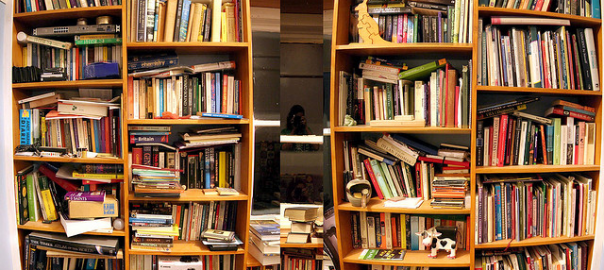
,
6 Comment(s)Join our Conversation
14 December 2016
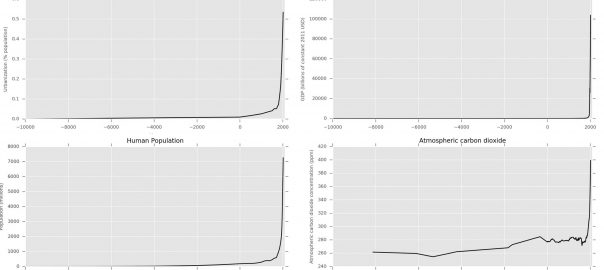
Author’s note: Through TNOC, we are encouraged to take a broad view of how nature can contribute to urban life. “Many voices, greener cities, better cities” is our mantra. Given the recent election of Mr. Donald Trump in the United States, with all that portends for voices, cities, and the...
0 Comment(s)Join our Conversation
12 December 2016

A review of Restoring Neighborhood Streams: Planning, Design, and Construction. By Ann L. Riley. 2016. Island Press, Washington, D.C. ISBN: 9781610917391. 288 pages. Buy the book. The basic challenge of restoring urban streams that support diverse environmental, social, and ecological functions is that these functions are inextricably linked to the surrounding watershed. Development...
1 Comment(s)Join our Conversation
11 December 2016
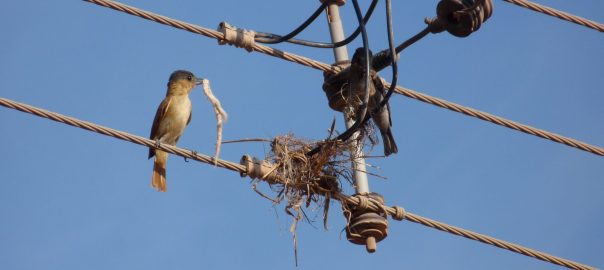
Human activities have direct, negative consequences on almost all the world’s ecosystems. It is known that we are in a changing era in which uncontrolled human population growth and the associated increase of urban landscapes are leading to an alteration or reduction of natural areas. The activities that humans usually...
9 Comment(s)Join our Conversation
7 December 2016

Impacts of extreme heat are uneven across geographies and communities. People who live in micro-urban heat islands and who lack the capacity to cope with extreme heat are disproportionately vulnerable to heat-related health risks. Collaborative climate action planning processes should directly engage vulnerable communities in identifying neighborhoods with concentrated and...
1 Comment(s)Join our Conversation
4 December 2016
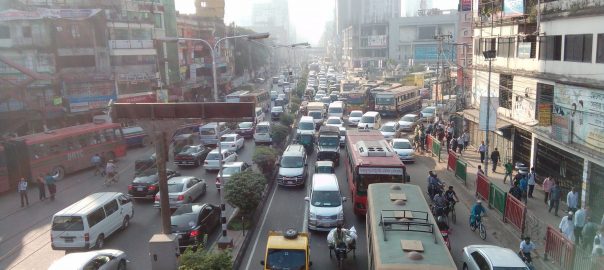
Ding, ding, ding. Ding, ding, ding. Honk, honk. Hoooonk. Honk, honk. Toot, toot, toot, ding, ding, ding. Honk, honk, honk. This is the sound of Dhaka. All. Day. Long. There are only a few hours before dawn when there is quieter hum of traffic. But for the rest of the...
1 Comment(s)Join our Conversation
30 November 2016
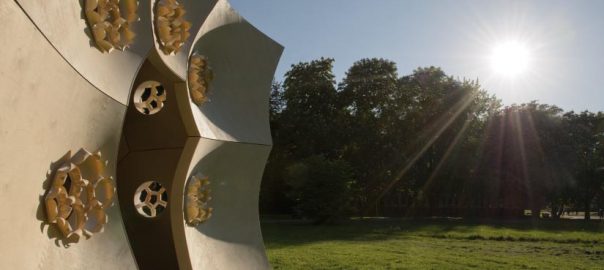
One reason we should care about biodiversity is that it might be the solution to our environmental impact: after 3.8 billion years on planet Earth, Nature certainly has some sustainability and resilience lessons to teach us—that is, before it gets driven mostly to extinction. Will we care to listen? As...
0 Comment(s)Join our Conversation
28 November 2016
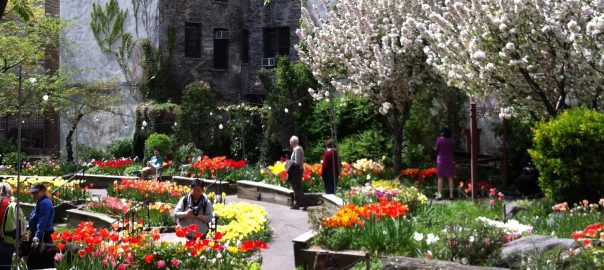
A review of The Battle for Home: The Vision of a Young Architect in Syria. By Marwa Al-Sabouni. 2016. Thames & Hudson, New York. ISBN-10: 0500343179. 208 pages. Buy the book. I have been reading an extraordinary book by Marwa Al-Sabouni: The Battle for Home: the Vision of a Young Architect in Syria, who...
2 Comment(s)Join our Conversation
27 November 2016
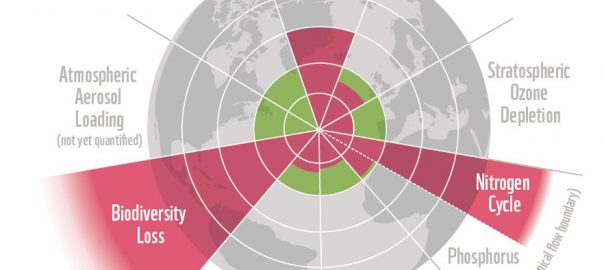
Let’s face the facts. Despite laudable international initiatives for climate change mitigation and environmental preservation [i], major changes in Earth’s balances have been set in motion and we’re starting to experience their consequences: heat records; increased droughts; increased wildfire intensity and frequency; melting of landlocked ice; increased sea level and coastal...
2 Comment(s)Join our Conversation
23 November 2016
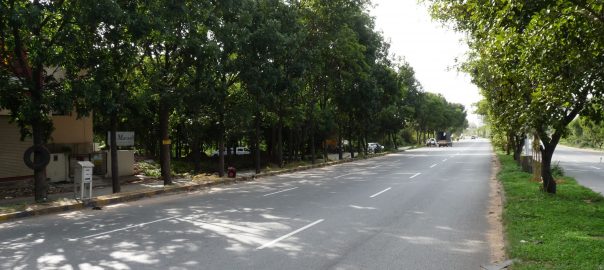
India is experiencing rapid change as a consequence of 21st century urbanization. Making steady inroads into fertile farmlands, lush forests, thriving wetlands, and productive grasslands, urban expansion is steadily converting biodiverse lands in shades of blues and greens into swathes of gray concrete. The United Nations World Population revision estimates...
2 Comment(s)Join our Conversation
20 November 2016
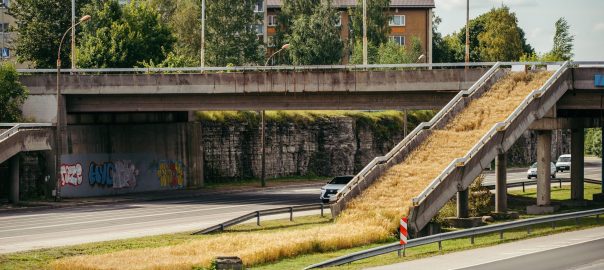
In the summer of 2016, the largest Soviet-era residential area of Estonia was living a new life. The district Lasnamäe, including Estonia’s capital city, Tallinn, was built in the late 70s, but it has fallen into stagnation. Little has changed since its inception, and those big plans are still unfinished....
4 Comment(s)Join our Conversation
16 November 2016
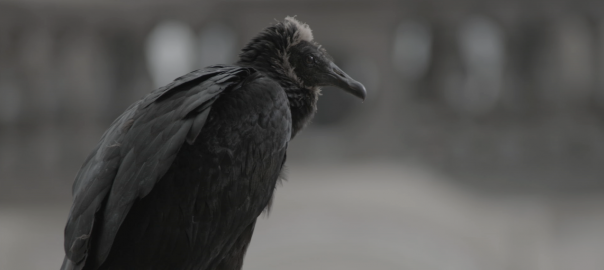
Nature is being lost all around us. It is alarming in its implications for both livability and sustainability. How can we better connect to nature in a distracted digital world? Although it may not be intuitive, these are also promising times because of all the digital tools and technology we...
1 Comment(s)Join our Conversation
14 November 2016
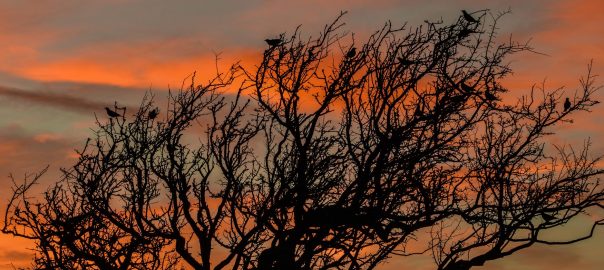
A review of Tim Ingold‘s lecture event “The Sustainability of Everything” at the Centre for Human Ecology, Pearce Institute, Glasgow, Scotland Sustainability is an overused word. It is much diminished by its occurrence in too many documents purporting to suggest that transport, local government or this tea or those coffee...
1 Comment(s)Join our Conversation
13 November 2016
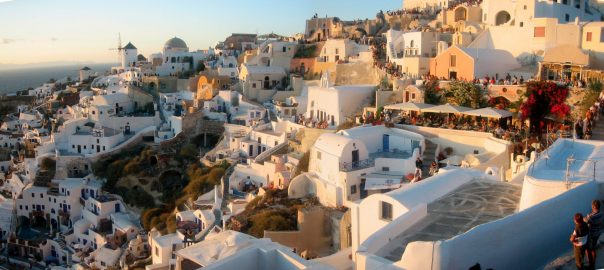
The current system of zoning and planning is wrongly fixated on maintaining state instead of preserving good patterns, and changing this fixation will be the key to making growth beneficial to all civic stakeholders. The most contentious issue in North American urbanism today is preservation. More than transportation, more than...
0 Comment(s)Join our Conversation
9 November 2016
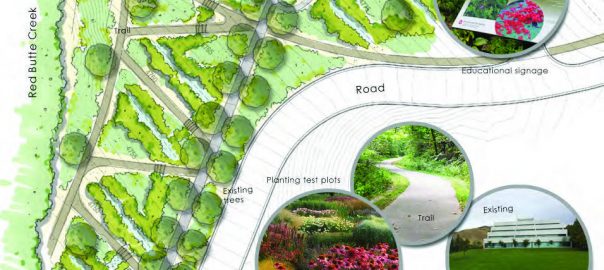
If planners and ecologists found more ways to work together, would cities look different? Would they be better? The idea of planning and designing urban spaces from an ecological perspective goes back to the very origins of the disciplines of ecology, planning, and design. Frederic Law Olmsted precipitated a landmark movement...
14 Comment(s)Join our Conversation
6 November 2016
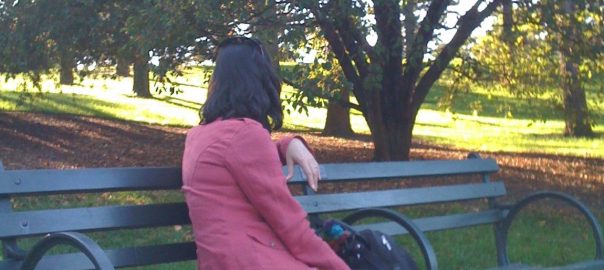
I am an unreserved admirer of landscape scenery and mountain vistas, space, and the connection between site and surroundings has always interested me. When I was first in Japan, I spent a lot of time visiting and enjoying parks. Aesthetics and presentation are very important for how we interpret and...
2 Comment(s)Join our Conversation
6 November 2016
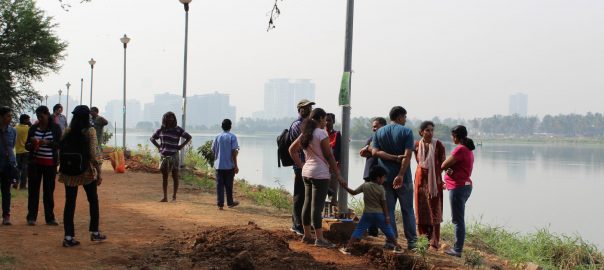
3 Comment(s)
Join our Conversation
2 November 2016
A review of Hidden Waters of New York City: A History and Guide to 101 Forgotten Lakes, Ponds, Creeks, and Streams in the Five Boroughs. By Sergey Kadinsky. Countryman Press, Woodstock, VT. ISBN: 9781581573558. 336 pages. Buy the book. There is something about a stream that just won’t let go...
0 Comment(s)Join our Conversation


